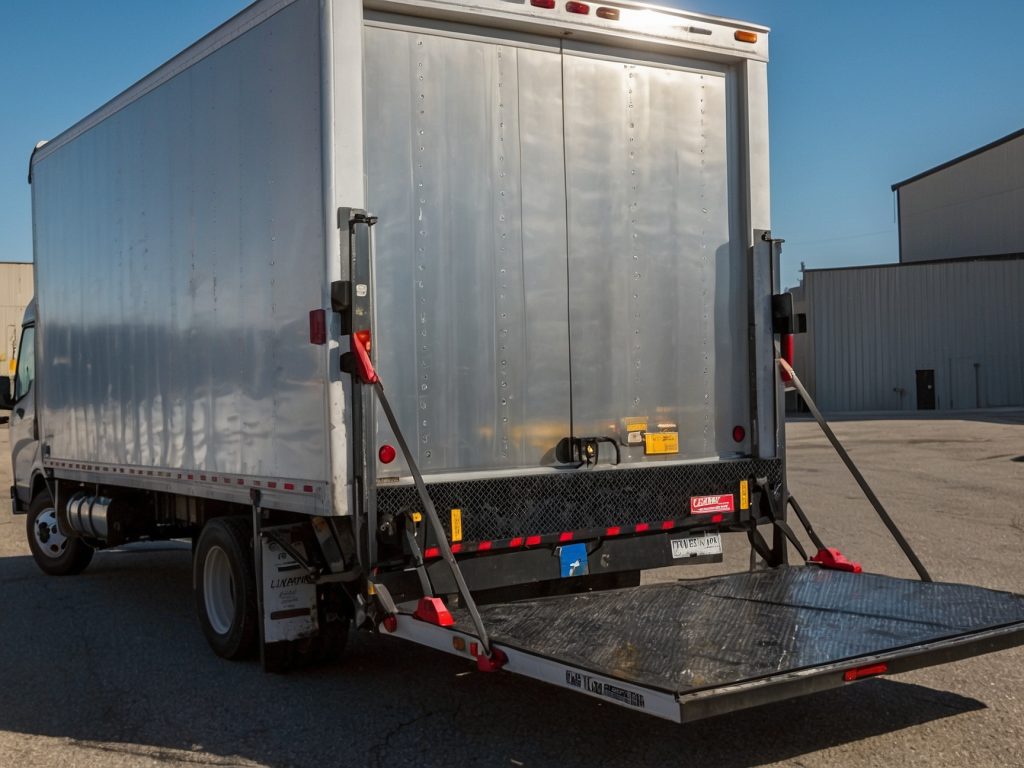Support Home > LTL / Oversized Freight Shipping >
Lift gate, Liftgate, tailgate or tail gate? Which is it and what is it?
The term “Liftgate” is commonly used in the United States, but in Canada it’s often referred to as a “Tailgate”.
A liftgate is essentially an elevator that is installed at the back of a truck or trailer. It enables the lifting or lowering of freight between the truck bed and the ground, facilitating the unloading of palletized freight at locations which lack traditional loading docks. While typically needed in these situations, if the shipper and/or receiver have a forklift on site then a lift gate will not be required as the forklift will facilitate loading (and unloading) the pallet from the truck – acting as a liftgate if you will.

When booking an LTL freight shipment, it is crucial to consider and confirm with your receiver prior to booking whether they have a traditional loading dock (or not). Not all trucks sent by the carrier will come with liftgates! If a liftgate is not selected when setting up the order and delivery is attempted at a location requiring one, there could be additional fees and delays.
The liftgate requirement for a LTL freight shipment is stated directly on the BOL (bill of lading) so the carrier knows what truck to dispatch for pickup or delivery. Additional fees from not selecting this requirement could end up being more expensive than if they had been selected when the BOL was created, as some, and unexpected shipping adjustments will be incurred.
Virtually all freight carriers will levy an additional charge for lift gate delivery or pickup service. The amount charged for the added service can vary depending on the carrier, so it’s very important to select this feature when booking your shipment — so there are no surprises.
Liftgate Limitations
LTL liftgate capacity is an important limitation to consider. The maximum weight a standard liftgate can load is 2500lbs (1133kg). If the pallet you want to ship is greater than the limitation, you may need to split it into two pallet loads to avoid any complications. Liftgate dimensions are also an important factor to consider when setting up your shipments. Most liftgates can handle freight that is equal to or less than 96 inches (244cm) wide, and 48 inches (122cm) deep.